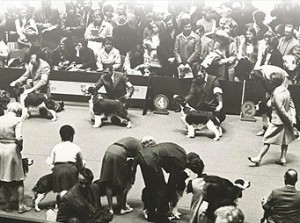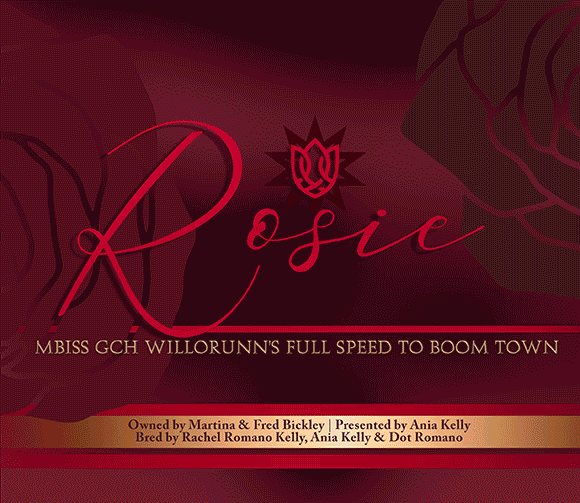Type vs. Style – Is Breed Type Fluid?
102 – March 2019
By Wayne Cavanaugh
 The quintessential “Type vs. Soundness” debate endures. In our sport centered on subjective evaluation, continuing the debate is healthy and necessary for properly assessing the dogs we see. There is, however, another debate that increasingly deserves an active, unbiased, and respectful discussion. That debate is: “Type vs Style.”
The quintessential “Type vs. Soundness” debate endures. In our sport centered on subjective evaluation, continuing the debate is healthy and necessary for properly assessing the dogs we see. There is, however, another debate that increasingly deserves an active, unbiased, and respectful discussion. That debate is: “Type vs Style.”
The core of any definition of breed type must center on history, original form and function. We conceptually want our breeds to look like what they were bred to do. Be it protecting the flock, marking the gamebird, collecting taxes, or attracting fleas to the foot of the queen’s bedding, it’s essential to remind ourselves that the breeds came before the standards. Hungry hunters in need of a meal didn’t form a club, write a definitive breed standard, then create a dog to match their written words.
In fact, in some cases the standards weren’t written until long after the breed was established. Heinrich Essig declared the “cre- ation” of the Leonberger in 1846; he died 53 years later without ever having written a word.
Generally, the development of breeds went something like this:
• Breed originators had a need or desire for a dog that would perform a specific task, or in some breeds, have a specific look?
• They crossed the stock at hand to create a breed that could, say, hunt upland game birds or charm an emperor.
• As form follows function, conformation eventually corresponded to the job at hand so the founders wrote down a description of the ideal for others to follow.
• Typically, as kennel clubs and registries formed, those breed descriptions became the basis for the breed standards we use today.
• Today, the breed standards, when read in context with history and purpose, are recognized as a key to understanding breed type.
Over the course of more than a century, scores of passionate breed founders left us with a spectacular array of beautiful, purebred dogs and blueprints for each breed. These blueprints – the standards – are held as gospel. The suggestion of changing one word can result in lawsuits, turf wars, and interminable grief. There is a profound irony, however, that changing the specific words in a breed standard can have far less impact than the collective interpretation of those words.
Overall, there have been relatively few substantial changes in breed standards and in some cases there have been no changes at all. That etched-in-stone intent is exactly where the logic breaks down and the type vs. style debate begins.
If we cling so dearly to breed standards and the history and purpose of a breed when defining breed type – even when seeing through haircuts and presentation – why do breeds often look so dramatically different than they did 50, 25, or even 5 years ago? If great winners of the past “exuded breed type” in 1973, why don’t they look more like the dogs that “exude breed type” today?
More than a few Westminster BIS winners of, say the 1950s or ‘60s, not only couldn’t win today, some would be hard pressed to finish their championship. If they were the picture of breed type then, and they don’t closely resemble dogs with great breed type today, there are only two possibilities: the breeders and judges of the past all interpreted the standards incorrectly; or, breed type is fluid, ever changing. But if type is ever changing, how can there be one correct breed type for each breed?
Click here to read the complete article102 – March 2019

Short URL: http://caninechronicle.com/?p=265652
Comments are closed











